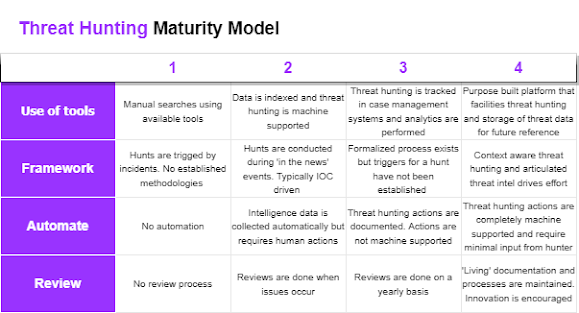Endpoint on Adrenaline : One

Introduction This blog series will capture how to maximise the protection of an endpoint using the various technologies in the Defender suite. The controls outlined in the series will each need to have their own considerations taken into account for a given environment but hopefully at a minimum it will be clear just how powerful of an offering Microsoft has. Unfortunately due to the highly modular and distinct diversity in controls Microsoft offers things are often overlooked and misconfigured when tests are conducted. With this in mind, the shortest possible route to a solution for this is utilizing the recommendations, CSPM and Secure Score technology contained within Defender 365 and Defender for Cloud as it will automatically conduct posture assessments and inform you of things you have missed and may want to turn on (IE dont take these recommendations lightly) Lastly, I would recommend reading the book “Defender for Endpoint in depth” from packt as it showcases the co...



